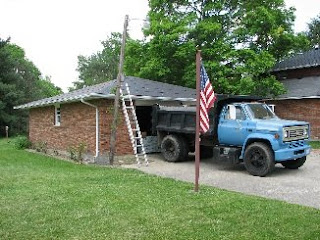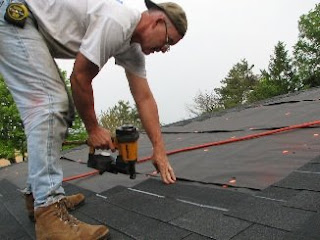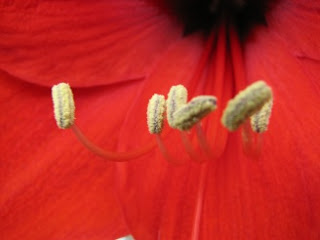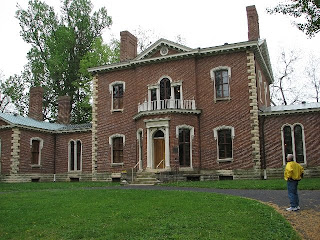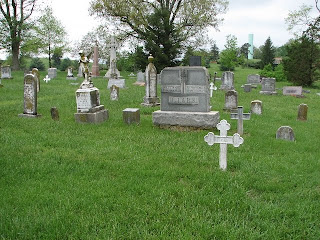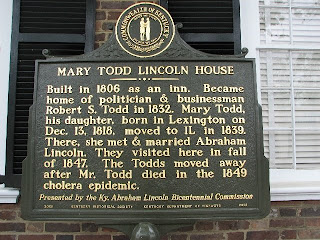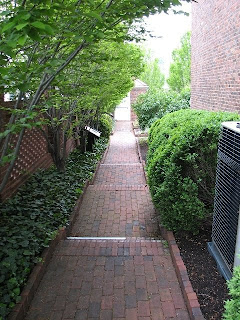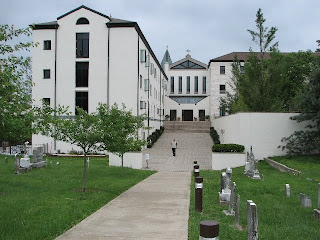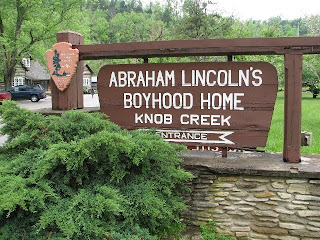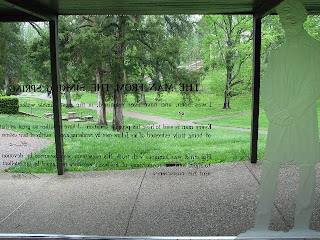Can you imagine anything so intricate and beautiful as the center parts of the common poppy? Here are the stamens and anthers around the outside edge (the male parts) and the ovary (the female part) in the center.

The picture (above) is a macro shot of our salmon-pink poppy in the front flower bed, taken just after it opened. The parts are still fresh and wholly alive and very, very sensual. I look closely at a structure like this and think that an alien could not be any stranger. And here is something so other-worldly at our very feet!
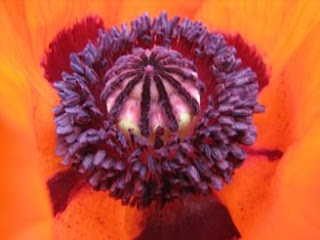
Look now (above) at the same structure in our traditional orange poppies. It is the same and yet it has a wildly different feel about it. Who can pass a poppy and not look deeply into this soul of this flower?

While I was photographing the poppies, our family of eastern bluebirds were flitting about the yard as though on training flights. When Bob and I worked on shingling the garage roof, I'd often look down upon the bluebird box at the edge of the garden and one would be sitting there watching us, completely unafraid. I thought that it was simply that by being
higher than the birds, I had presented something less fearful.
But when I was admiring the poppies, a pair landed on the burn barrel and I quickly switched from macro to telephoto and took a shot of the birds. What a gorgeous sky blue above, gentle orange below, as though the sun was setting on their very feathers. They are the evening sky itself on wing.
I hope there is a resurgeance of bluebirds and I trust we are taking a part in this.

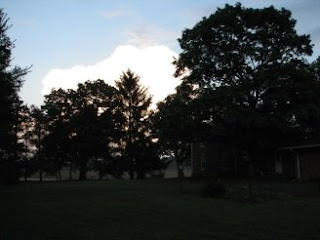 Another view as the storms scooted east. There were numerous watches and warnings and a couple of tornadoes were sited south of here, one by the National Weather Service staff themselves in Wilmington. Hail reports were numerous, too.
Another view as the storms scooted east. There were numerous watches and warnings and a couple of tornadoes were sited south of here, one by the National Weather Service staff themselves in Wilmington. Hail reports were numerous, too.








